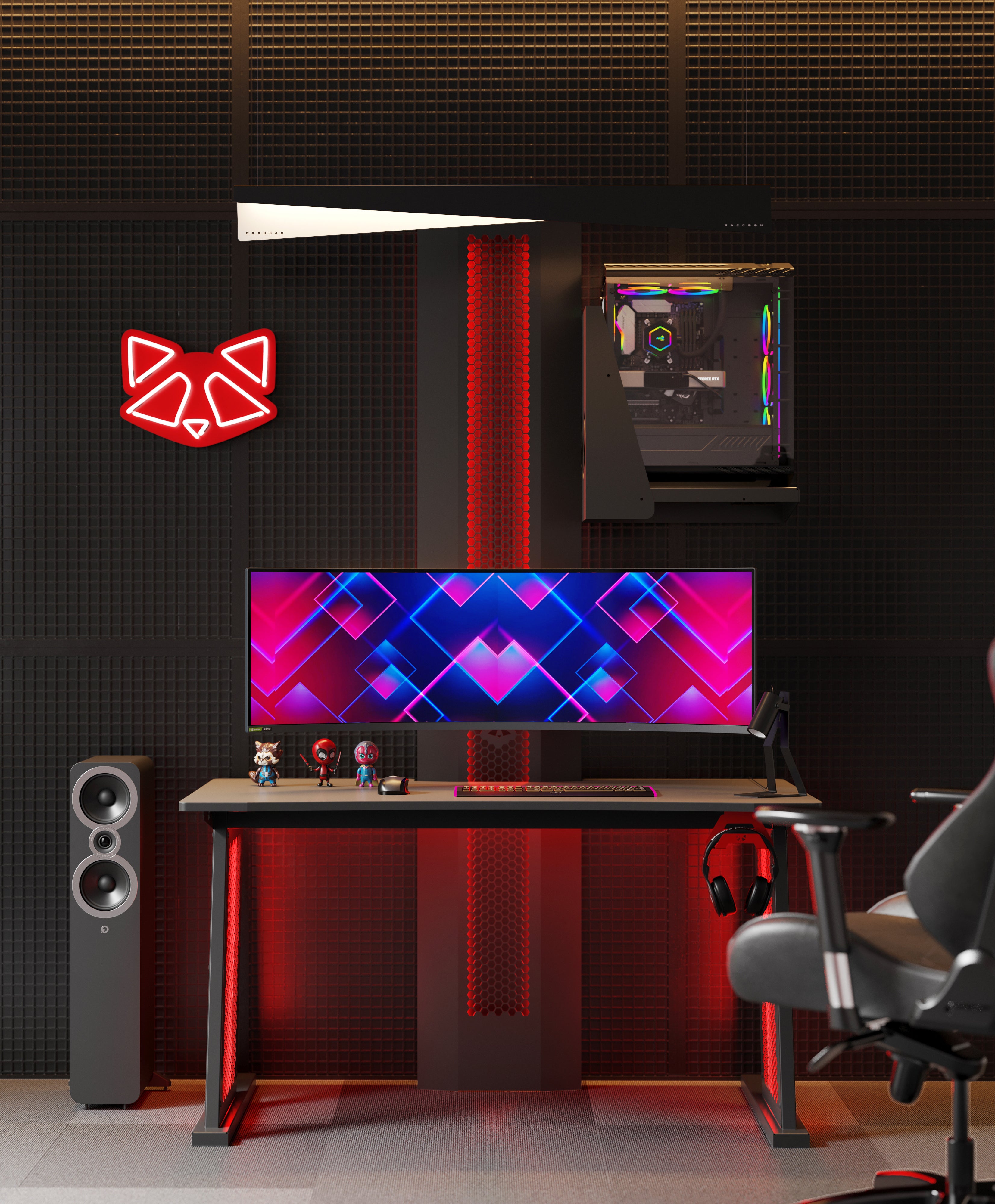Good To Know
The history of the gaming industry
A Brief History Gaming has been around for decades and has changed with evolving technology. In 2020, the global gaming industry's revenue is set to hit $170 billion, with 2.9 billion gamers worldwide today.
The history of gaming really started when Ralph Baer came up with an idea for an entertainment device that could be hooked up to a television monitor. Ralph Baer’s “Brown Box” was a video game console that could play table tennis.
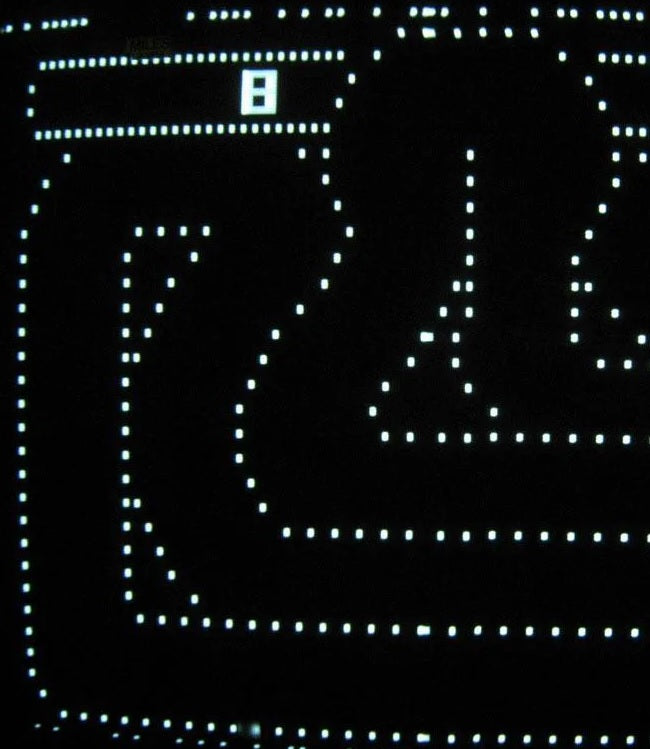
1974
The Birth of the Video Game Industry (1971-1978)
Grand Tank 10
Gran Trak 10 is an arcade driving video game developed by Atari through its subsidiary Cyan Engineering, and released by Atari in May 1974.
This was a first game to use ROM memory. The game PCB is interchangeable with Atari's LeMans game
The ‘ball-and-paddle” industry stagnated, but spawned the origin of games and early hits, including Gran Trak 10 (1974) /Tank (1974) Wheels (197 / Gun Fight (1975 / Sea Wolf (1976)
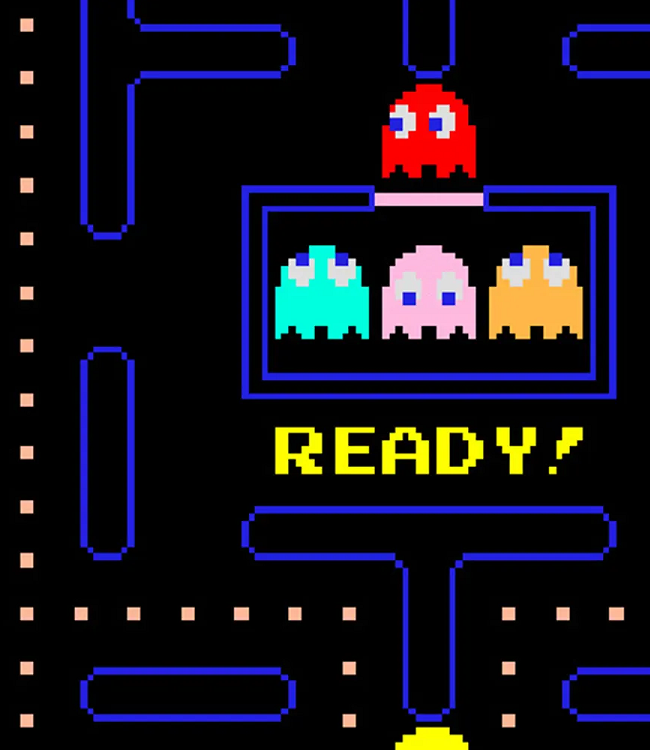
1978
The Golden Age of Gaming (1978-1982)
Pack Man
In the late 70s and early 80s, there was an explosion of coin-operated amusement that sparked a major evolution of video games. Kids swarmed arcades for the games they couldn’t afford in their own homes. During the Golden Age of Gaming that focused on coin-operated video games, the US gaming industry jumped from $308MM (1978) to $968MM (1979), then to $2.8B (1980).
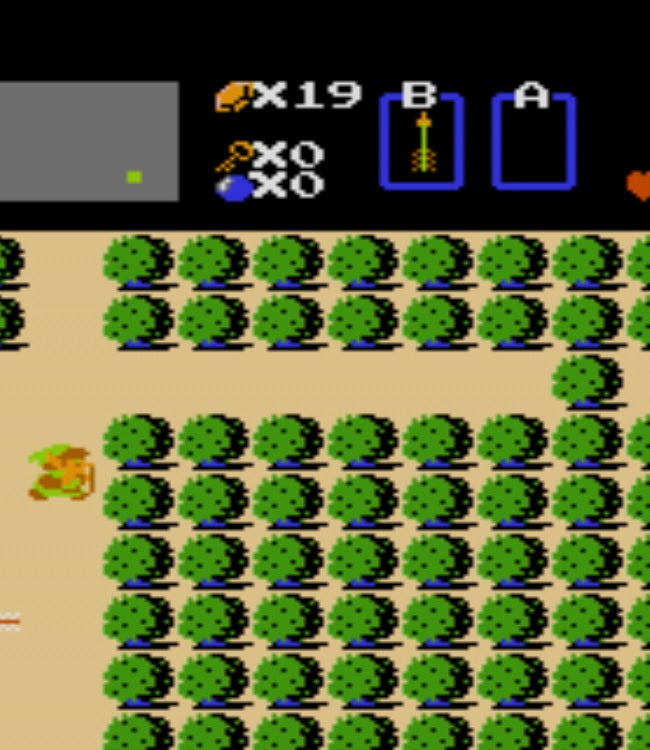
1983
The Third Generation of Gaming Consoles (1983-1995)
The Legend of Zelda
With the US gaming industry rearing from shock and bankruptcy, development of 8-bit video games brought about the worldwide popularity of the third-generation Nintendo Entertainment System.This third generation of consoles included the gamepad or joypad, over the traditional joysticks, paddles, and keypads. Popular 8-bit games such as The Legend of Zelda, Dragon Quest, Phantasy Star, and Final Fantasy.
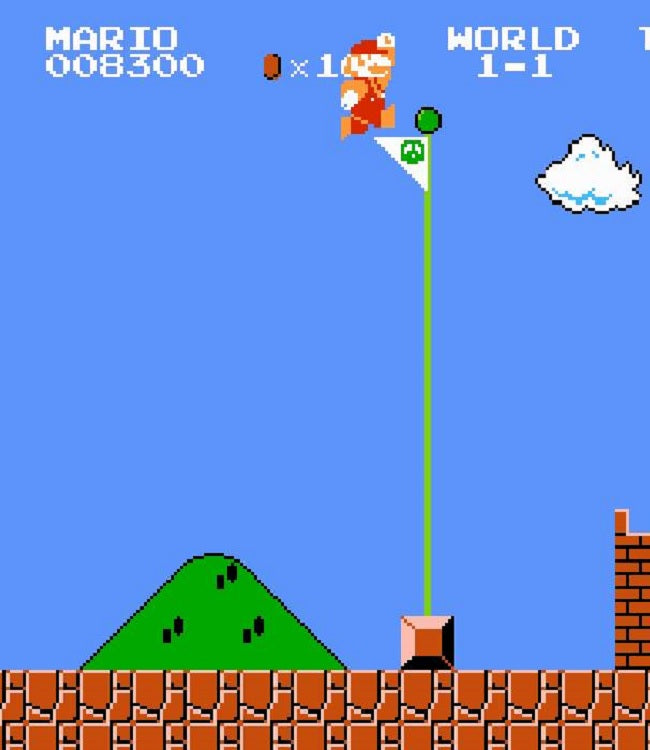
1989
The Fourth Generation of Gaming Consoles (1987-2004)
Super Mario Land
A wave of 16-bit generation video game consoles brought about better graphics for the fourth generation gaming units. The TurboGrafx-16 PC engine was the first commercially available 16-bit game system. Nintendo responded by launching the Super Nintendo Entertainment System (SNES) in 1990.
By 1989, there was an emergence of handheld consoles, with Nintendo’s Game Boy being the most popular option. The three main competitors for Nintendo were Atari Lynx, Sega Game Gear, and NEC Turbo Express.
Best-selling titles released for portable gaming included: Tetris, Pokémon Red, Green and Blue, Super Mario Land, Sonic the Hedgehog 2, among others.
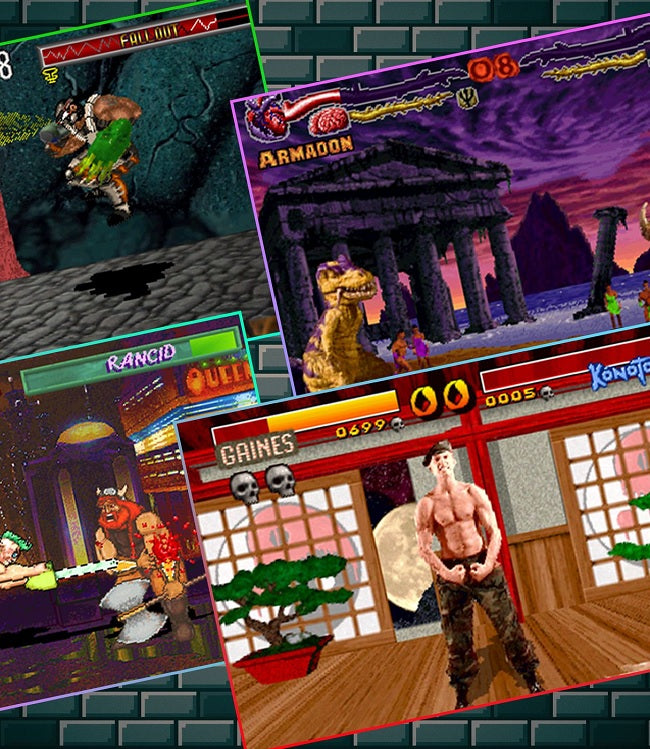
1990s
Gaming in the 1990s
Mortal Kombat
The 1990s paved the way for further innovations in video gaming, including the transition of graphics from raster to 3D. This gave rise to popular genres, like FPS, real-time strategy and MMO games. Arcade game popularity declined because of the video game industry shift towards more mainstream in-home entertainment options.
During this time, increasingly violent video games, such as Mortal Kombat, Night Trap, and Doom, caused concerns about mainstream gaming. People were afraid the violent games would make kids callous and more prone to real-life violence after watching it played out in front of them so frequently.PC gaming continued to rise in popularity with these enhancements in 3D graphics. Notable genres, such as FPS, RTS and MMO games included:
Quake (gave rise to e-sports and FPS games) / Resident Evil (the birth of survival horror / SimCity (simulation games) / Gun Fight (1975) / Dune II (real-time strategy)

1993-
Fifth Generation Consoles (1993-2006) & The start of Mobile Phone Gaming
GoldenEye 007
Some of the most popular fifth-generation video game consoles included the Sega Saturn, the Sony PlayStation, and the Nintendo 64. These had wildly popular games, like Super Mario 64, PaRappa the Rapper, Dance Dance Revolution, GoldenEye 007, Legend of Zelda: Ocarina of Time, and Final Fantasy VII.
The start of Mobile Phone Gaming
At this time in gaming, cellphones became highly accessible. Devices, such as the Nokia 6110, provided time-killer and arcade-like games as an option. Back then, Snake was a big hit and the game was installed on about an estimated 400 million devices.
Gaming in the 2000s
Further innovations in the 2000s led to a more robust gaming industry. Gaming became a highly competitive market for developers, hardware companies, and portable game system creators. It became popular for users to make game modification or “mods,” spawning famous games like Counter Strike (Half Life mod) as early as 1999.
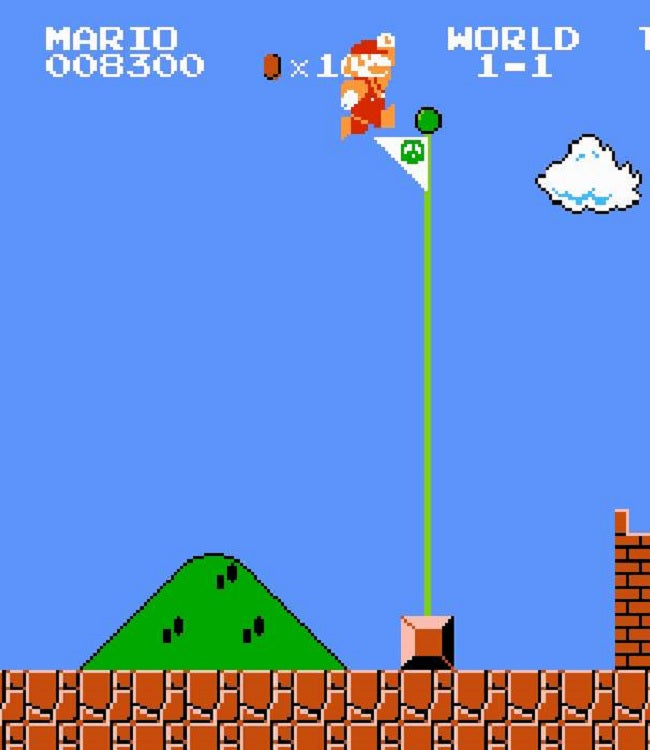
1998-
Sixth Generation Consoles (1998-2013)
Angry Birds
The sixth generation of consoles started with the launch of the Sega Dreamcast in 1998, followed by the huge release of the PlayStation 2 in 2000. Nintendo followed a year later with the introduction of the GameCube in 2001.
During this time, Nintendo still dominated the handheld market, releasing Game Boy Advance in 2001.
The Rise of Online gaming -The increase of MMORPGs (Massively Multiplayer Online Role-Playing Games) led to significant title releases for PCs, including RuneScape, World of Warcraft, EverQuest, and Ultima Online.
As mobile devices became more common and complex, mobile gaming increased as well. The debut of app stores by Apple and Google increasingly rivaled the console market with successful titles like Angry Bird, Candy Crush, and Words with Friends.

2005-
Seventh Generation Consoles (2005-2013)
Resident Evil 4
The seventh generation opened with handheld consoles like the PSP (PlayStation Portable) and the Nintendo DS. The PSP attracted seasoned games, while the DS captured casual gamers, with releases like Nintendogs and Brain Age.
In console gaming, the Xbox 360 launched in November 2005, while the PS3 launched in 2006. Both companies added online gaming and sales platforms along with their consoles, mainly Xbox Live and PlayStation Network.
Nintendo also gained dominance of the home video game market with their launch of the Nintendo Wii that offered Wii sports and Mario Kart Wii. The Wii had lower technical specifications, but its movement-based controls increased the engagement of non-traditional gamers.

2012-
The Eighth Generation of Consoles (2012-Present)
Spider Man
The eighth generation of consoles started with the release of the Nintendo 3DS and the PS Vita in 2011. The Wii U was released in 2011 and billed as the Wii’s successor.
The launch of PlayStation 4 and Xbox One in 2013 led to the consoles currently dominating the home video game industry. Console exclusives, such as Uncharted 4, God of War, Spider-Man, Gears of War 5, and Forza Horizon 4, drove success for both the PS4 and Xbox One consoles, driving the console war throughout the generation.
The final eighth-generation console was a hybrid platform called the Nintendo Switch, which incorporated Wii-style motion controls and portability. Top games for the Switch include The Legend of Zelda: Breath of the Wild, Super Smash Bros, Animal Crossing: New Horizons, and Mario Kart 8.
Blog posts

BEST LOL PLAYERS 2022
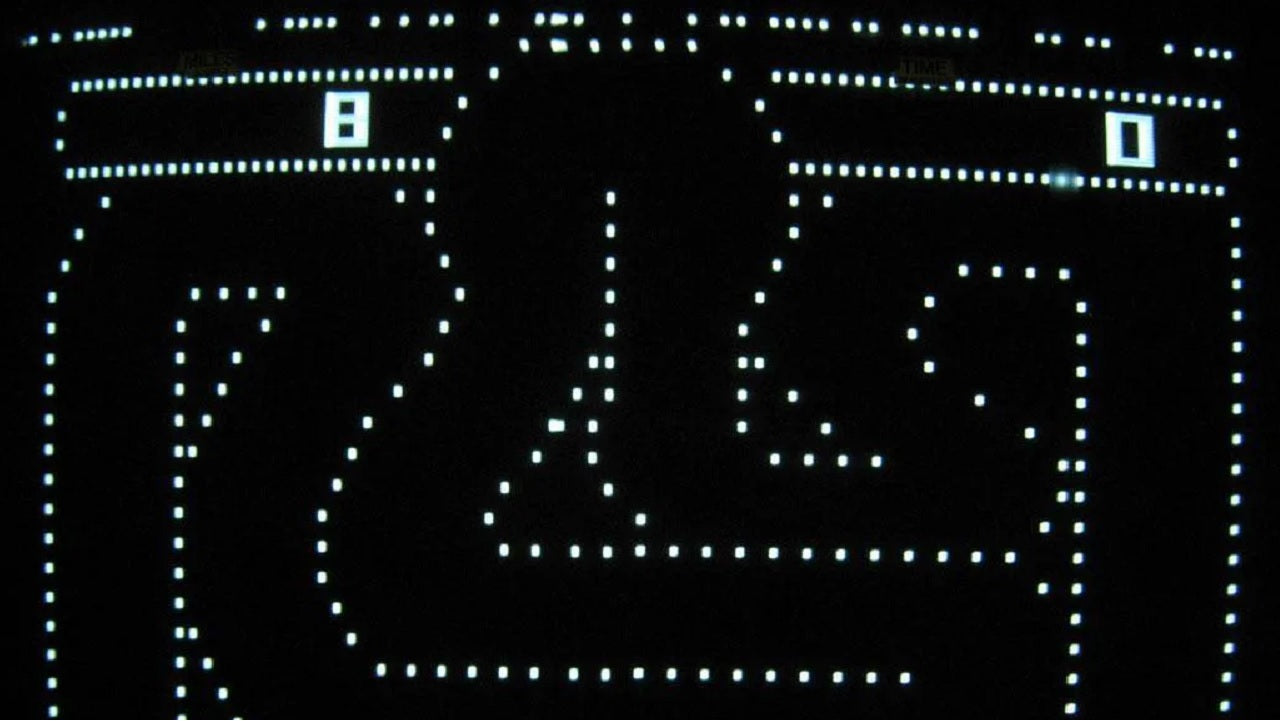
The Evolution of Gaming: A Brief History
The history of the gaming industry

Fortnite Has Big Plans For 2023
Fortnite X Dead Space collab planned for mid January
Free shipping
Free EU shipping on all orders of 1000 euro
Customer service
Our support team is available for You
Refer a friend
Tell your friends about your promotional offers.
Secure payment
All payments are processed securely

